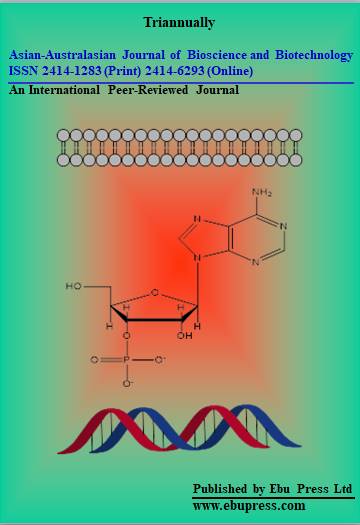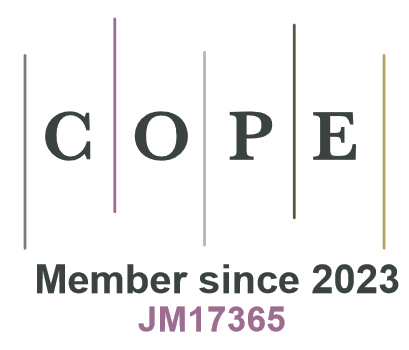Monalisa Parvin, Md. Taimur Islam, M. Nazmul Hoque, Sheikh Arafatur Rahman and Md. Golam Haider
Abstract
PDF
Temperature and humidity play a crucial role in shaping the feed and water intake as well as mortality rates of layer chickens. This study examined the influence of these environmental factors on chicken survival in commercial poultry farms in Bangladesh, using data collected from two commercial layer farms over multiple years (2017–2020) and across different chicken strains. Variations in temperature and humidity were monitored in sheds L2, L3, and L4 at PHL, and L1 to L7 at DEL. The data were analyzed to calculate mean values and correlations among temperature, humidity, feed and water intake, and mortality rates. The results showed that elevated internal and external temperatures, combined with high humidity levels in sheds, were associated with increased water and feed intake as well as higher mortality rates among layer birds. A statistically significant difference was observed in shed L1 of DEL in 2020 (P = 0.0006), where significant correlations among the variables were also identified. Specifically, at PHL, a moderate positive correlation (r = 0.61) between internal temperature and mortality suggested that higher internal temperatures contributed to bird deaths due to heat stress. In contrast, at DEL, internal temperature exhibited only a weak positive correlation (r = 0.29) with mortality, implying that while heat stress played a role, it may not have been the dominant factor. These findings highlight the importance of maintaining optimal environmental conditions in controlled housing systems to safeguard the health, welfare, and productivity of layer chickens. The study also provides practical guidance for farmers and policymakers to implement improved environmental management strategies aimed at enhancing poultry production efficiency and minimizing economic losses in Bangladesh.



